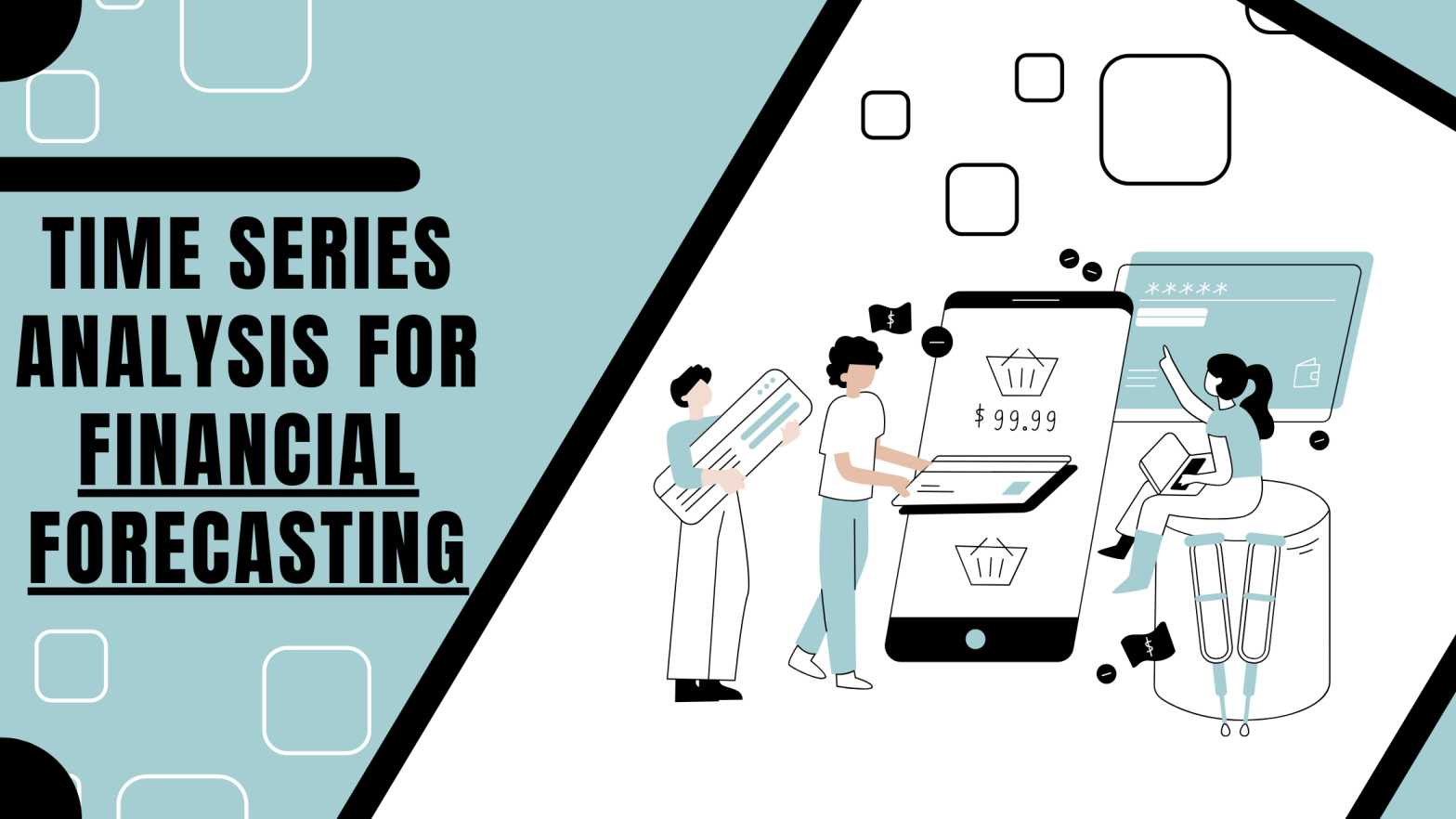Last updated on June 27th, 2024 at 01:38 pm
Time-series is a series of data points taken in the order of time. Usually, these ‘points of data’ are taken at a sequential time period, thus making it a sequence of discrete-time data.
Time series analysis is a statistical method used on data collected over time. It pertains to studying the data’s trends, patterns, and dependencies to make predictions or uncover underlying relationships.
The data in time series is characterised by the temporal ordering of observations, where each data point is associated with a specific time stamp. Learning time-series analysis is a must for students seeking a career in data science.
This blog will explore financial forecasting briefly and how time-series analysis helps with financial forecasting, cite use cases and techniques. Keep reading to know more.
Financial Forecasting
Financial forecasting is a financial endeavour to forecast and estimate future financial outcomes using historical data, current trends, and relevant information.
It uses quantitative and qualitative approaches to forecast future financial performance, including revenue, costs, profits, cash flows, and various financial parameters.
The importance of financial forecasting in business, investments, and financial institutions cannot be understated, as it empowers decision-makers to make well-informed decisions and design careful strategies.
Companies can allocate resources aptly, establish financial objectives, evaluate prospects for investment, scrutinise the financial viability of ventures, gauge future financial exigencies, and craft strategies that foster financial performance optimisation by engaging in financial forecasting.
Applications and Techniques of Time-Series Analysis Used in Financial Forecasting
Time-series analysis is not limited to finance but finds its use in other fields such as signal processing, econometrics, pattern recognition, earthquake prediction, electroencephalography, communications engineering, and many more.
Let’s take a hypothetical real-world scenario to understand how time-series analysis works in finance. Suppose you own a trading firm and want to forecast the stock prices for a particular company.
All you have access to is the historical stock prices of the same company for the past several years. You want to use this data and predict future stock prices and provide your clients with informed decisions. Here’s how you would employ time-series analysis in forecasting stock prices:
Preprocess the data
The elements required to preprocess data include date stamps, timestamps, and opening and closing prices. Remove any inconsistencies or outliers and check for missing values.
Visualise the data
After the data has been pre-processed, plot this on a chart, for instance, a line chart, and observe the patterns, trends, and irregularities in the data.
Stationarity check
A stationary time series is one whose characteristics are independent of the observation time. Therefore, time series associated with trends or seasonality are not stationary since seasonality and the trend will change the time series’ value at different points in time.
Check for the stationarity of the time series by checking for the variance and the mean of the stock prices over time. You can also conduct statistical tests such as the Augmented Dickey–Fuller test (ADF).
If the data is not stationary, apply transformations such as differencing or logarithmic transformation to achieve stationarity.
Select a model
Select a suitable model to predict future trends in time-series forecasting. An example is the ARIMA (Autoregressive Integrated Moving Average) model. Other models include Exponential Smoothing (ES), Seasonal Autoregressive Integrated Moving Average (SARIMA), etc.
Fit the model
Once the model is selected, set the model parameters using historical stock price data. A model fitting process involves finding the optimal values for the model’s parameters that minimise the difference between the predicted and actual stock prices.
Validate the model
After the model parameters have been tuned and fitted, validate the model. Using a separate validation dataset, compare its forecasts with the actual stock prices.
Assess the accuracy of the forecasts using metrics such as RMSE (Root Mean Squared Error) or MAE (Mean Absolute Error).
Forecasting
Once the model is validated, use it to generate forecasts for future time periods. You may input the most recent available data and predict future stock prices based on the model’s parameters.
Evaluation and decision-making
Finally, evaluate the model’s performance by continuously comparing the predicted stock prices with the actual prices as new data becomes available.
Use these estimates and the corresponding risk to make investing decisions based on predicted price fluctuations, such as buying or selling stocks.
Refining the model
Keep improving the forecasting model by iterating and refining it based on new insights, updated data, or changes in market conditions.
You can incorporate additional features or variables, such as macroeconomic indicators or company-specific news, to enhance forecasting accuracy.
Conclusion
Make more informed decisions in financial forecasting by applying time series analysis techniques like ARIMA and regularly updating and refining the forecasting model.
If you wish to learn more techniques such as time series analysis that you can use in your lives for applications such as financial forecasting and more, consider enrolling in Imarticus’ Postgraduate Programme in Data Science And Analytics.
This data science course is curated for fresh graduates and professionals in their early careers with a technical background. Register for this data science training now and boost yourself with a career in data science.

